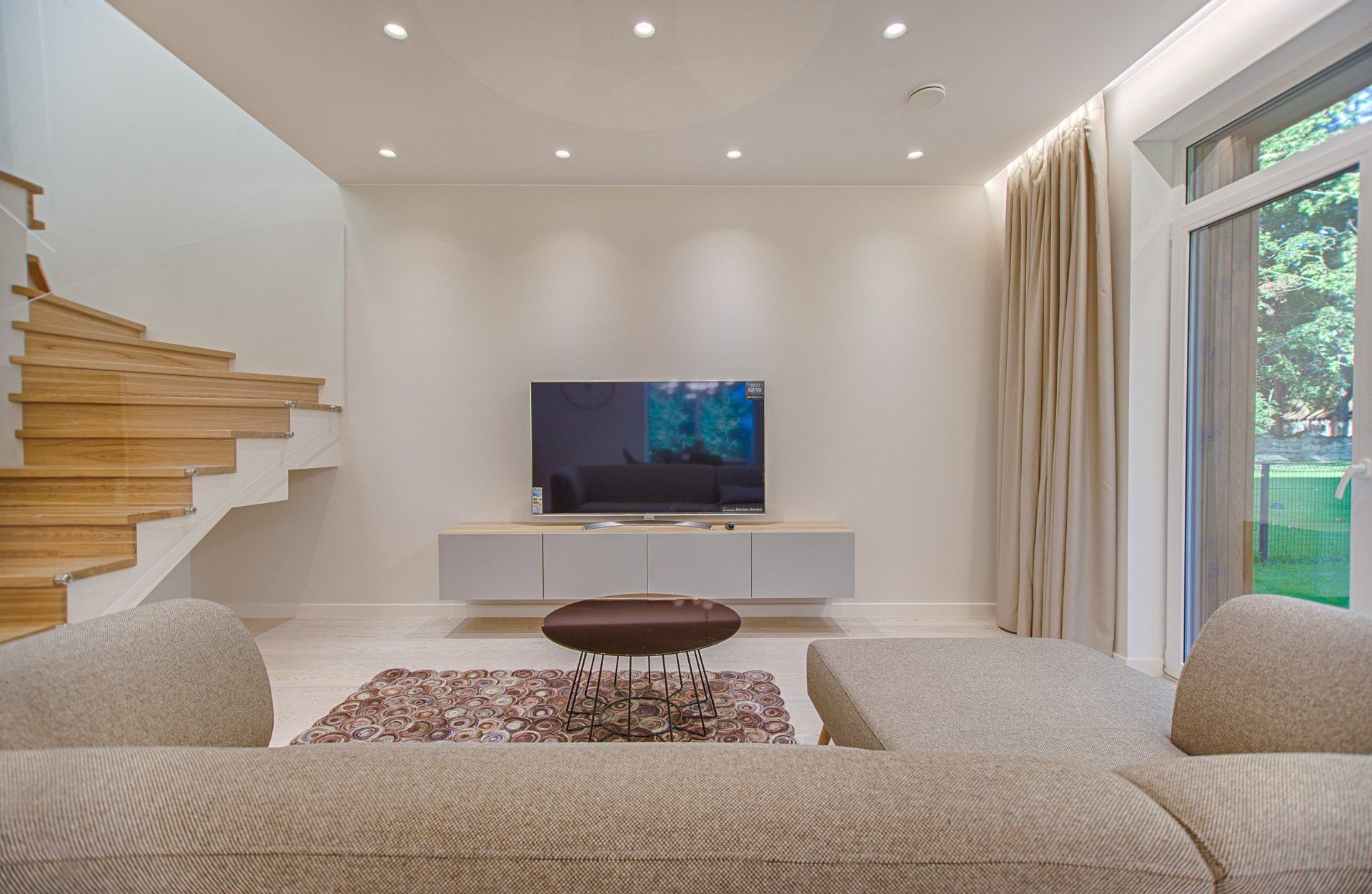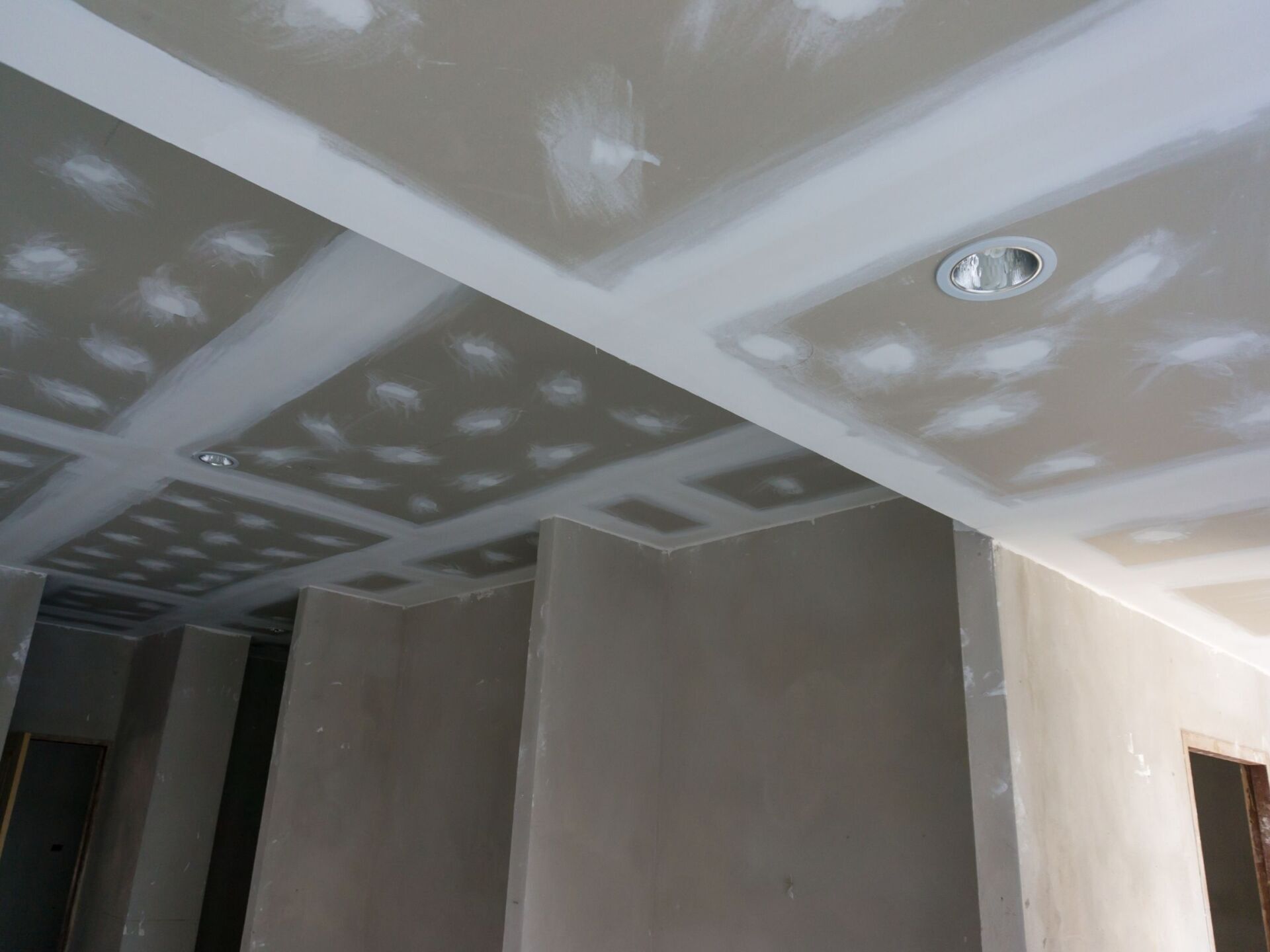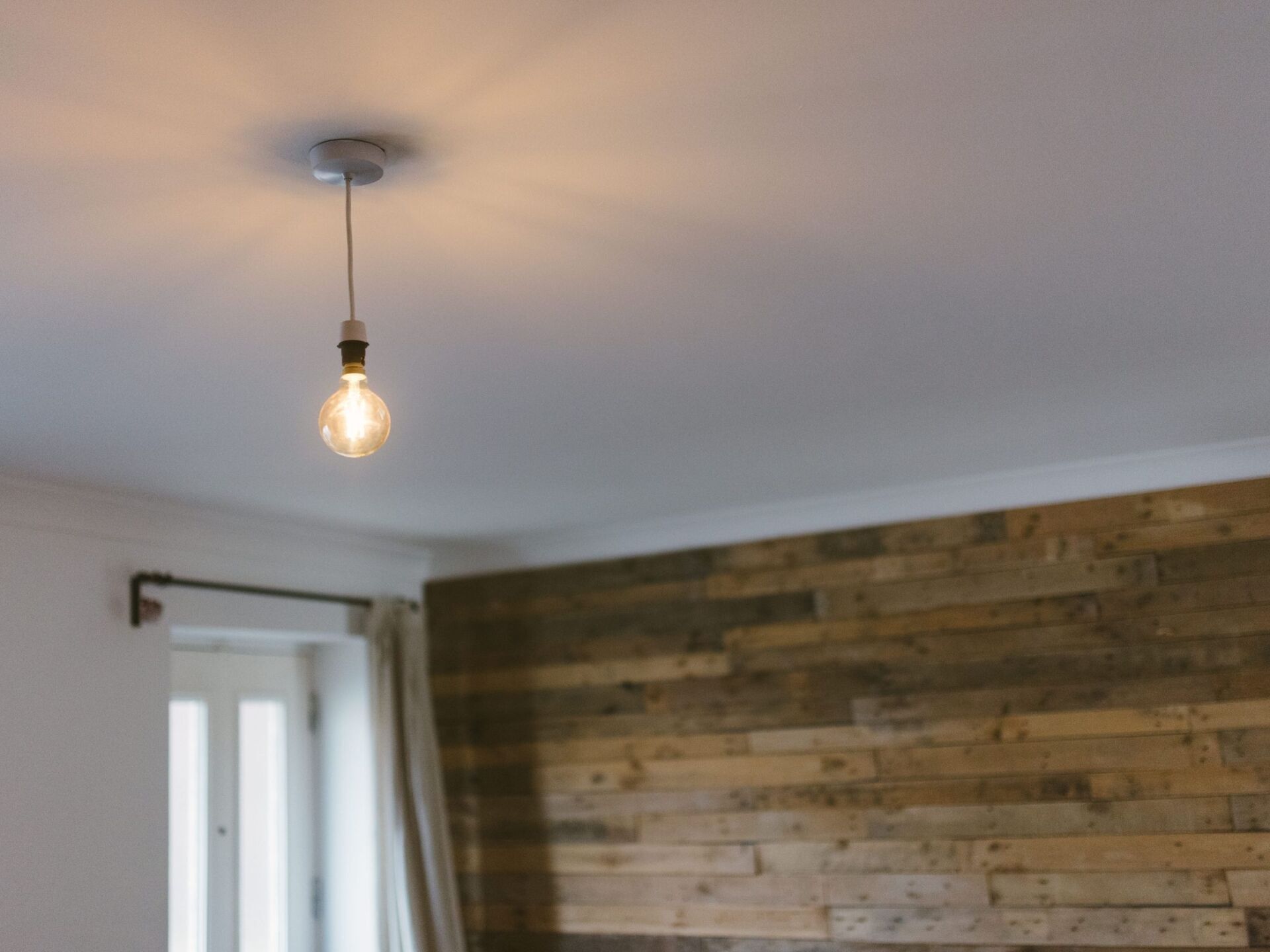Why Did Builders Use Stipple Ceilings?
Over the course of the 1900’s, materials used to build and decorate homes have changed quite a bit. A huge trend between the 1930’s and the 1980s was to install stipple ceilings throughout the home. Stipple ceiling is also known as popcorn ceiling, stucco ceiling, and even cottage cheese ceilings. Now, homeowners are electing to go with a smoothed out look in general. So, why did builders use stipple ceilings for so long? Here, we go a little deeper into that question.
Why Homes Were Made With Stipple Ceilings
Textured ceilings provided home owners and builders the opportunity to coat ceilings without the need to do extensive preparation and painting jobs. Because the popcorn style covering was installed using a spray-on application, there was no need to fix imperfections in the surface of the ceiling. It would save time for builders, and honestly, it was fairly mainstay in the construction community.
Cutting down on the time needed to prep a ceiling would save builders their labour, and would save homeowners a little bit of money for that labour too. It was essentially a win-win in those times.
Stipple ceilings are also good for sound reduction throughout the house. Because of the textured surface, sound doesn’t bounce the same way it does on a completed flat surface. The sound waves sort of dissipate after hitting the textured surface. This was especially helpful for the large style of homes that were prevalent in the mid 1900s.
Why Did Builders Stop Using Stippled Ceilings?
We found out, around the year 1978, that the material used to create the stipple ceilings often contain asbestos as one of the binding agents. Once it was realized that asbestos was a harmful chemical and caused certain types of cancers, it was banned first in the U.S, then in Canada. Now, if your home has asbestos in it, there is usually a fairly extensive removal process that is important for protecting you and your loved ones.
Popcorn ceilings still exist with different materials, however. Once asbestos was banned, styrofoam took centre stage as the material that was best suited for textured ceilings. It was safe, relatively inexpensive, and did the job quite well.
Why are Homeowners Removing Popcorn Ceilings?
Popcorn ceilings, along with being potentially hazardous to people’s health if they contain asbestos, do not have the modern look that a lot of buyers and builders are looking for in the modern days. Simply by removing popcorn ceilings, you have a lot more options in terms of ceiling design, and possible buyer prospects.
In another article we are covering the main benefits of removing popcorn ceilings. But in short, removing stipple from your home can add property value, and makes your home much more attractive to home buyers currently.
Why Do Some Homes Still Have Popcorn Ceilings?
A lot of homes that were built in the mid 1900s employ designs and layouts that speak to that time period. While removing popcorn ceiling can drastically modernize a home, keeping the textured ceiling may fit in quite well with the style of the home.
Also, many homeowners are still happy with the look of the stipple ceiling and don’t see much of a reason to change it. While we are advocates for removing stipple, it can be beneficial to keep them around if you’re not planning to sell, since the texture hides imperfections, and it also acts as an acoustic sound muffler throughout the home.


